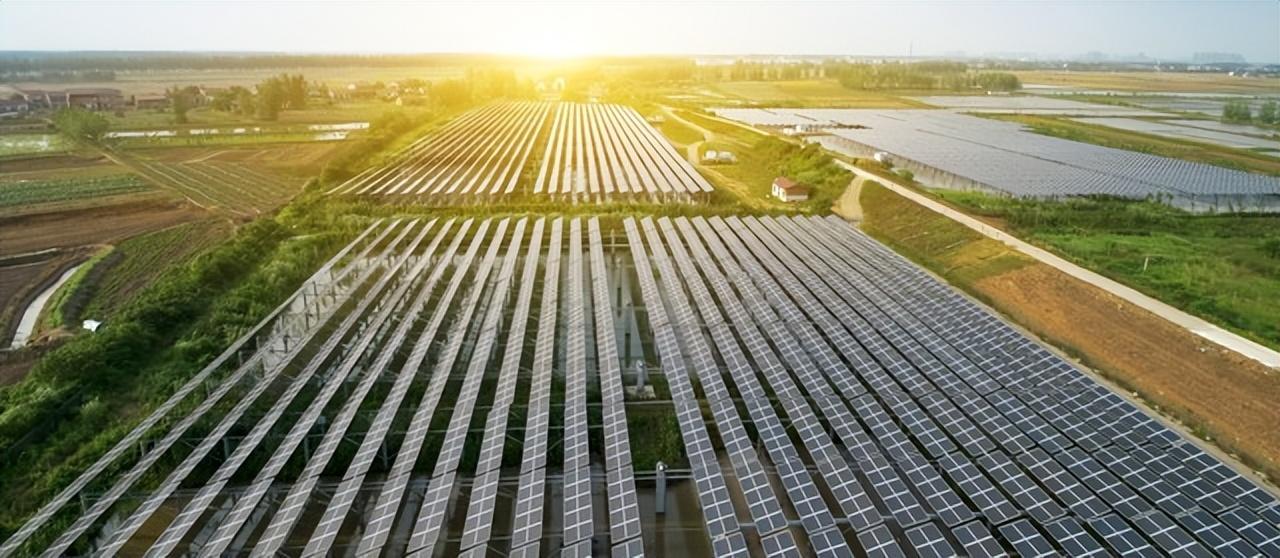Resolving the issues of voltage fluctuations and harmonics for a distributed photovoltaic power plants is an important task to ensure the stable operation of the power grid network.
Through years of our experience, we believee, the following measurements we need to take;
Voltage regulator: By installing voltage regulator , real-time monitoring and adjustment of the voltage of distributed photovoltaic power plants are carried out to maintain grid stability. The voltage regulator can adjust the voltage based on changes in grid load and photovoltaic power generation to reduce voltage fluctuations.
Reactive power compensation device: The reactive power of distributed photovoltaic power plants can affect the power factor and harmonic content of the power grid. By installing reactive power compensation devices, real-time adjustment and control of reactive power can be achieved, reducing harmonic content, and improving the power factor and voltage quality of the power grid.
Harmonic filter: In order to reduce the impact of harmonics on the power grid, harmonic filters are installed to filter and suppress harmonic signals. Harmonic filters can selectively eliminate harmonics of specific frequencies and reduce the harmonic content of the power grid to an acceptable level.
Power grid monitoring and control system: By installing advanced power grid monitoring and control systems, real-time monitoring of voltage and harmonic conditions in the power grid is carried out, and the operating parameters of distributed photovoltaic power plants are adjusted as needed. This helps to detect and correct voltage fluctuations and harmonics in a timely manner.
Equipment selection and design optimization: during the design and selection of distributed photovoltaic power stations, consider selecting Solar inverter and other key equipment that meet the grid requirements. Optimize the layout and electrical connection of the power station to reduce voltage fluctuations and harmonic generation.
Reasonable operation strategy: By developing reasonable operation strategies and control algorithms, the impact of distributed photovoltaic power plants on grid voltage and harmonics is minimized to the greatest extent. This includes adjusting photovoltaic power generation, responding to grid scheduling, and frequency control.
Compliance and compliance with regulations: Comply with relevant power regulations and standards to ensure that the operation of distributed photovoltaic power plants meets grid requirements, including voltage and harmonic requirements.
Power balance control: By implementing a power balance control strategy, it ensures the matching of the generation power of distributed photovoltaic power plants with the grid load, reducing voltage fluctuations in the grid. By adjusting the operating mode and power output of the photovoltaic power plant.
Capacitor compensation: Add capacitor compensation devices to the electrical system of distributed photovoltaic power plants to provide reactive power compensation and voltage stability functions. Capacitor compensation can reduce voltage fluctuations in the power grid and improve its stability and reliability.
Multilevel inverter technology: Adopting multi-level inverter technology to reduce harmonic generation and propagation, and improve the voltage quality of the inverter. This technology generates an output voltage that is closer to a pure sine wave, reducing harmonic content and harmonic interference to the power grid.
Parallel operation control: In distributed photovoltaic power plants, multiple inverters can operate in parallel and coordinate the power output between inverters through reasonable control strategies. Balancing the power generation of photovoltaic power plants and reducing the impact of power and voltage fluctuations on the power grid.
Power electronic device filtering technology: Using power electronic device filtering technology in distributed photovoltaic power plants to reduce harmonic interference and improve the voltage quality of the power grid. These devices filter harmonics at specific frequencies to improve the harmonic suppression capability of the power grid.
Grid side active power control: By implementing grid side active power control, the active power output of distributed photovoltaic power plants is adjusted to meet the needs of the grid and reduce voltage fluctuations. This control adjusts the operating parameters of photovoltaic power plants based on changes in grid voltage and frequency.
Regular maintenance and monitoring: Regular maintenance and monitoring of photovoltaic power plants is an important measure to address voltage fluctuations and harmonics. By regularly checking the status of equipment, cleaning photovoltaic modules, testing electrical connections, etc., potential problems are identified in advance and resolved in a timely manner.
Power grid planning and capacity planning: When designing distributed photovoltaic power plants, it is necessary to carry out power grid planning and capacity planning to ensure that the power grid can accommodate the power output of photovoltaic power plants and provide stable voltage supply. Realize through reasonable power grid expansion, upgrading, and renovation.
Effective operation management system: Establish an effective operation management system to monitor and control the operation of distributed photovoltaic power plants in real-time. This includes monitoring voltage fluctuations and harmonic levels, and taking timely measures to adjust and optimize them.
Dispatching and coordinated operation: Photovoltaic power stations are coordinated with other power generation equipment and energy storage facilities to balance the relationship between grid load and supply and demand. Reduce the occurrence of voltage fluctuations and harmonic problems through scheduling and coordinated operation.
Communication technology for interaction with the power grid: Advanced communication technology is adopted to achieve real-time data transmission and information exchange between photovoltaic power plants and the power grid. Assist in real-time monitoring of voltage fluctuations and harmonic issues, and perform remote regulation and optimization.
PowerTel & his dedicated engineers are focusing on continuous research and innovation in the field of photovoltaic power plants for addressing voltage fluctuations and harmonics. Through years of experience, more efficient and stable photovoltaic systems and grid integration technologies have been developed to improve voltage quality and harmonic control capabilities.
PowerTel is committed to providing you a complete solution for your photovoltaic power plants from initial technical consulting, value engineering design, package supply of materials, construction & installation, to final testing and commissioning.
Please feel free to contact us.

